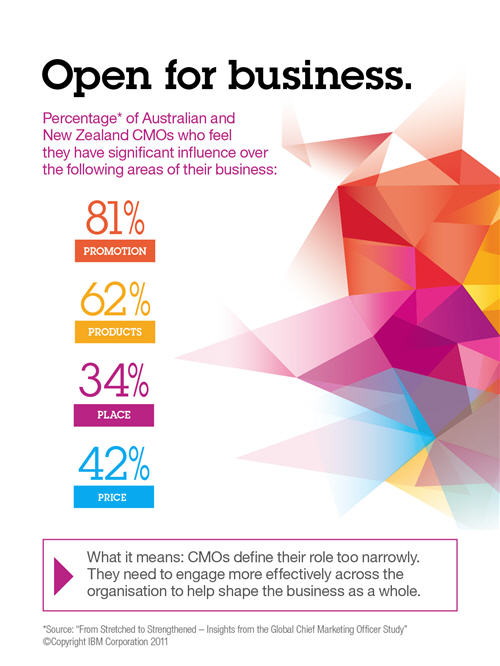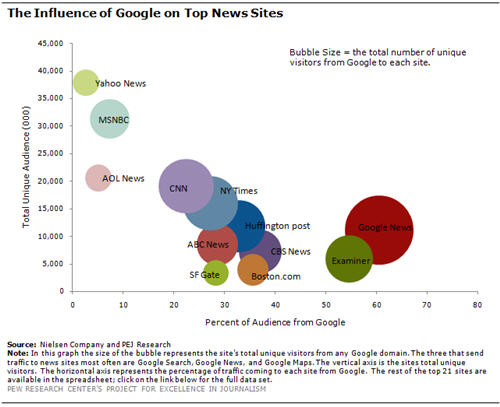Techmeme: The power of the headline
I first wrote about Techmeme over 5 years ago. Today Techmeme remains the reference point for what’s hot in technology news. Bloggers and publishers strive to appear on its pages, not just because of the traffic it drives, but also because the people who visit Techmeme are among the most influential in the business.
Founder Gabe Rivera has just shared some insights into how particular articles are selected as the lead article on Techmeme for a particular breaking story. For the first few years Techmeme used only an algorithm, however it has had human editors to complement the algorithm for almost three years now.
It turns out that one of the reasons to have humans is to select the stories with the most informative headlines. In an aggregator site, headlines are critical, as they need to tell as much of the story as possible. The rise of the web has had a big impact on headline writing, not least for search optimization, but also increasingly for aggregation.
Here are some of Gabe’s tips on how to make your story hit the front page of Techmeme:
Read more →


